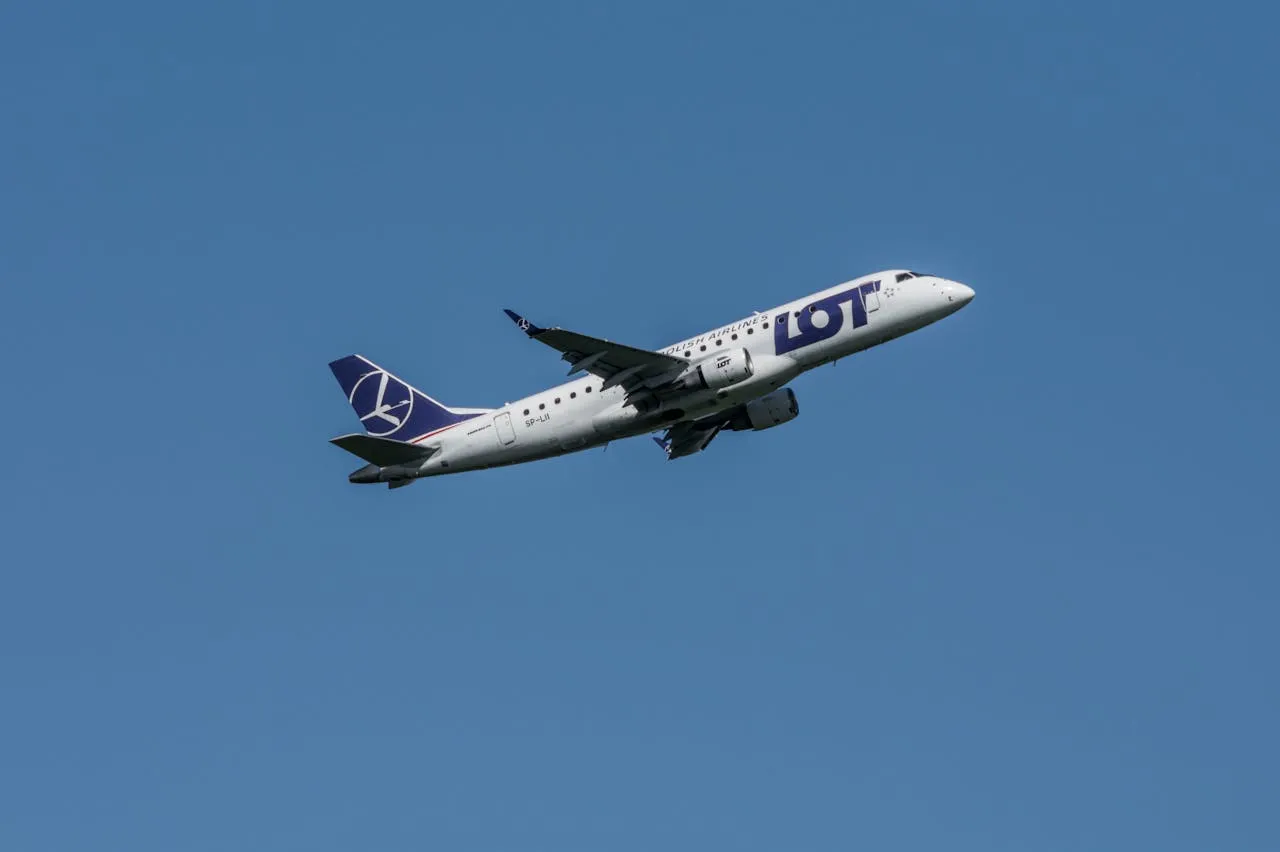
Boeing and RAAF Successfully Demonstrate MQ-28 Ghost Bat Teaming with E-7A Wedgetail in Groundbreaking Trial
In a landmark achievement for autonomous aerial systems and advanced combat integration, Boeing [NYSE: BA], in collaboration with the Royal Australian Air Force (RAAF), has completed a successful demonstration showcasing the operational teaming of multiple MQ-28 Ghost Bat aircraft with the E-7A Wedgetail. This pioneering event marks a significant stride in the evolution of uncrewed and crewed platform interoperability and highlights the transformational potential of collaborative combat aircraft (CCA) in modern warfare.
The demonstration, conducted in controlled airspace over Australia, featured two MQ-28 Ghost Bat aircraft flying in formation with a simulated third digital aircraft—all managed remotely from an airborne E-7A Wedgetail command-and-control platform. For the first time, a single operator aboard the E-7A seamlessly assumed control of the MQ-28s during a mission against an airborne target. The Ghost Bats emulated their role as forward-operating uncrewed aircraft, designed to fly ahead of crewed assets and serve as protective, autonomous wingmen in complex missions.
Enabling a ‘Family-of-Systems’ Approach
“This trial demonstrates family-of-systems integration, the strength of our open systems architecture, and is a critical first step towards integrating mission partners’ software and communications systems natively into the E-7A Wedgetail,” said Glen Ferguson, Director of MQ-28 Global Programs at Boeing. “It not only validated a key element of the MQ-28 concept of operations, but also how collaborative combat aircraft can expand and enhance the role of the E-7A to meet future force requirements.”
Ferguson emphasized that this successful operation is a tangible milestone that reflects the maturity and readiness of the MQ-28 program. Boeing’s vision for a “family-of-systems” involves seamless communication and operational coordination among manned and unmanned aerial platforms, made possible by robust architecture, interoperable software, and real-time data sharing. The MQ-28’s integration with the E-7A opens new possibilities for networked air dominance.
A Vision for the Future of Air Combat
The trial validates a foundational element of the MQ-28 Ghost Bat’s operational role. Designed to fly autonomously or under the control of a crewed aircraft or battle management platform, the MQ-28 enhances mission effectiveness by extending sensor reach, engaging threats independently, or acting as a force multiplier for strike missions.

In this specific demonstration, the onboard operator of the E-7A Wedgetail—a critical airborne early warning and control (AEW&C) platform—took over tactical direction of the MQ-28 units in real time. This not only illustrates the potential for reduced operator burden, but also shows how future air operations might feature a small number of crewed aircraft directing larger swarms of autonomous systems, each capable of performing surveillance, jamming, or even kinetic engagements.
The trial is part of Capability Demonstration 2025 (CD25), a broader program of experimental activities planned throughout the year by the RAAF and Boeing to evaluate the integration of the MQ-28 into the Royal Australian Air Force’s broader operational ecosystem. CD25 will include future test scenarios involving the MQ-28 teaming with other manned assets such as the F/A-18F Super Hornet and the F-35A Lightning II, both of which form the backbone of Australia’s current air combat fleet.
Government Endorsement and Strategic Vision
Australian Minister for Defence Industry, The Honourable Pat Conroy MP, highlighted the strategic significance of the trial, calling the Ghost Bat a “transformative capability.”
“The Ghost Bat has the potential to turn a single fighter jet into a fighting team, with advanced sensors that are like hundreds of eyes in the sky,” Conroy stated. “This trial showcases Australia’s leadership in autonomous air combat capabilities and reflects the growing strength of our industrial partnerships.”
Such capabilities are seen as key force multipliers, especially for nations like Australia that maintain relatively compact air forces. Through the integration of smart, autonomous assets, a single aircraft can now command a coordinated group of uncrewed systems, extending operational reach, survivability, and mission adaptability.
Cross-National Collaboration
The technological backbone of the demonstration is the result of intensive cross-border collaboration. The control software and mission systems used in the trial were co-developed by Boeing Defence Australia, the Defence Science and Technology Group (DSTG), and the U.S. Air Force Research Laboratory (AFRL). This trilateral effort reflects a deepening of defense technology integration between Australia and the United States, and represents a shared commitment to pioneering next-generation warfare concepts.
“It has been an exceptional collaborative effort across organizations from government, contractors, and global partners,” said Adam Tsacoumangos, Director of Air Dominance Programs for Boeing’s Phantom Works division. “This trial not only demonstrates what is technically possible today, but also sets the stage for what air dominance will look like tomorrow.”
The MQ-28 Ghost Bat: Australia’s Homegrown Autonomy Pioneer
The MQ-28 Ghost Bat—developed by Boeing Australia—is the first military combat aircraft designed and manufactured locally in over 50 years. The aircraft embodies the shift toward modular, AI-driven systems that are capable of high-performance autonomous operations. With its 11.7-meter length, 3,700-kilogram weight, and a range of over 2,000 nautical miles, the Ghost Bat is engineered to perform a wide range of mission profiles.
It is also designed with a modular payload bay, allowing it to carry a variety of sensors or weapons depending on the mission. Its AI software enables it to perform complex tasks without constant human supervision, including threat detection, route optimization, and dynamic mission adaptation. These capabilities are central to the aircraft’s role as a Loyal Wingman, acting in tandem with manned fighters or command-and-control aircraft to achieve synchronized effects.
Boeing’s Broader Vision for Aerospace Innovation
As a leading global aerospace manufacturer and a key defense supplier, Boeing continues to invest heavily in next-generation technologies that emphasize autonomy, interoperability, and systems resilience. With operations in more than 150 countries, Boeing’s workforce and supplier network span a vast ecosystem of innovation and technical expertise.
“The MQ-28 program is a demonstration of Boeing’s deep commitment to working with global defense partners to redefine what’s possible,” said Ferguson. “It represents the kind of integrated, adaptable, and forward-leaning solutions that are essential for meeting evolving threats.”
Boeing’s core values of safety, quality, and integrity remain at the heart of its innovation strategy. The company’s continued investments in autonomy, artificial intelligence, advanced sensors, and networked operations are all aligned with delivering capabilities that are effective, sustainable, and mission-ready.
A Glimpse Into Tomorrow’s Air Combat
With the success of this trial, Boeing and the RAAF have provided a compelling glimpse into the future of air combat. The demonstration underscores how air forces can leverage uncrewed systems to enhance operational flexibility, maximize pilot safety, and achieve strategic objectives with greater efficiency.
As CD25 progresses, further exercises will build upon this foundation by expanding the range of scenarios and assets involved, from multi-domain coordination to manned-unmanned teaming with high-performance fighters. These efforts will contribute to shaping future airpower doctrines not only for Australia, but also for allied nations interested in integrated, AI-enabled air combat systems.
The MQ-28 Ghost Bat’s successful integration with the E-7A Wedgetail is not just a technological feat—it is a strategic milestone that signals a new era in military aviation, where collaboration between humans and intelligent machines defines the edge in contested environments.




